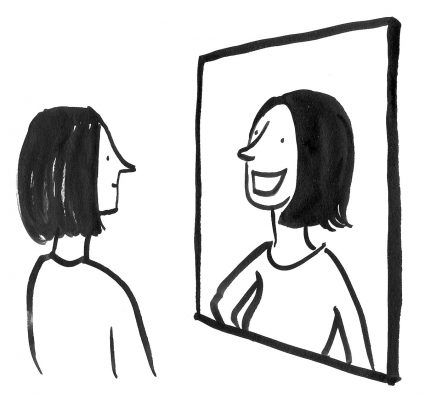A recent article by Craig Brown in the Daily Mail noted that many political biographers are attempting -without much success- to emulate thriller writers like Elmore Leonard and Dashiell Hammett, well known for their dramatic opening lines. Best of them, Raymond Chandler; “The first time I laid eyes on Terry Lennox he was drunk in the back of a Rolls Royce Silver Wraith…”
Apparently, Cherie Blair starts her In Speaking For Myself with “O.K, guys, that’s it. Let’s do the business.” While not the subtlest of phrases, you can’t question her intention to make a powerful, lasting first impression as important to the book, play, movie, speech, poem or song as to the pitch.
The film Patton grabbed attention with “Now I want you to remember that no bastard ever won a war by dying for his country. He won it by making the other poor dumb bastard die for his.”
Gentler but unforgettable words from Jane Austen set the scene for Pride and Prejudice, “It is a truth universally acknowledged, that a single man in possession of a good fortune, must be in want of a wife.”
Two contemporary songs capture instantly different moods, and personalities, Amy Winehouse’s “They tried to make me go to rehab / I said no-no-no.” And Sinead O’Connor with, “It’s been 7 hours and 15 days / since you took my love away.”
Two rather different love poems, Elizabeth Barrett Browning, “How I do love thee? Let me count the ways,” and Andrew Marvel (in pitch-mode) To His Coy Mistress ,” Had we but world enough and time/ this coyness lady were no crime.
Of course pitch teams do not number a Shakespeare to give them a “to be or not to be” opening but this is no excuse for not having any kind of planned start, a feature of many otherwise reasonable pitches. It is a wasted opportunity and a final quote – if you have not yet watched the ‘winning movie’- “Remember, a winning start means a winning finish!”




